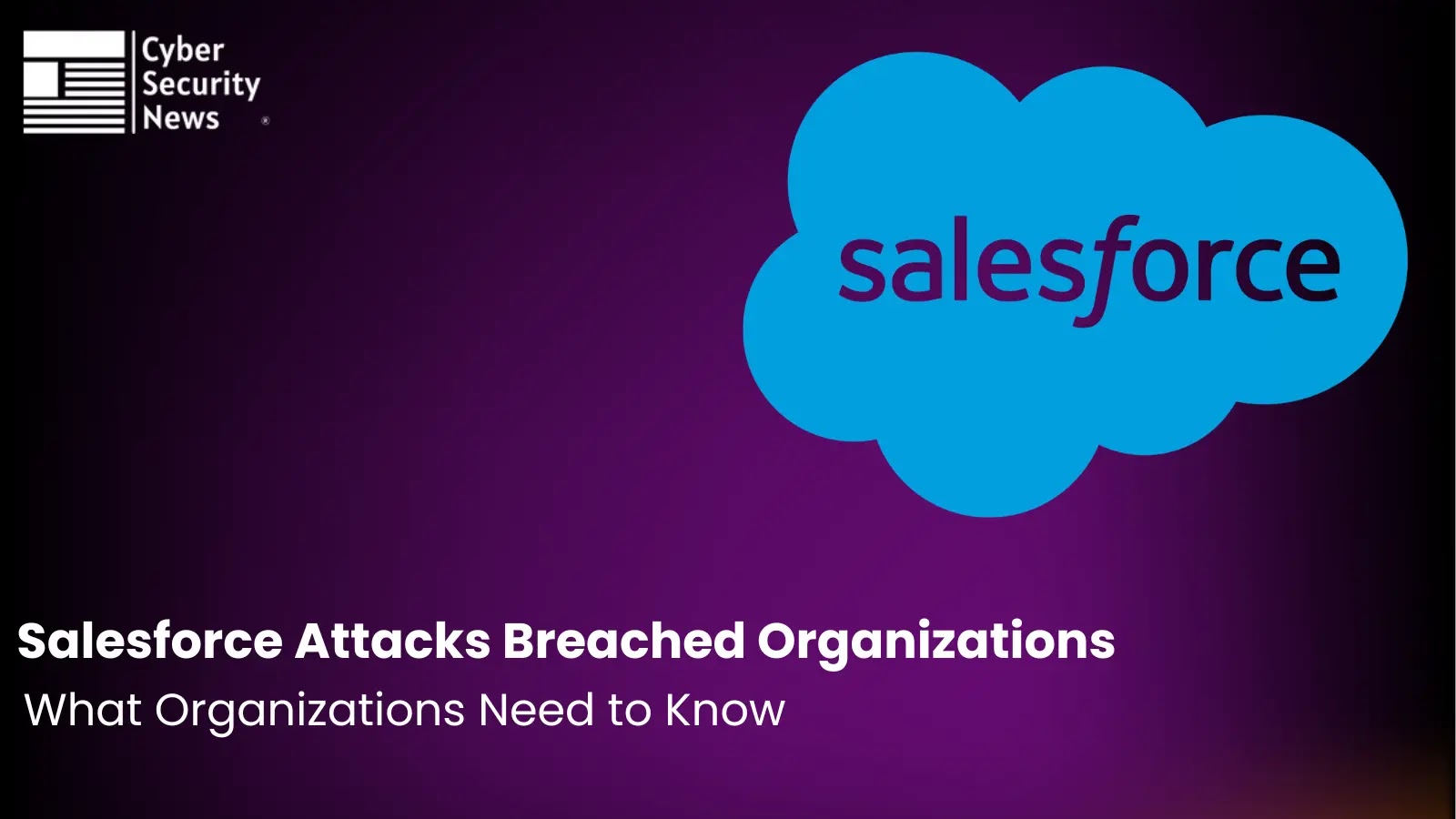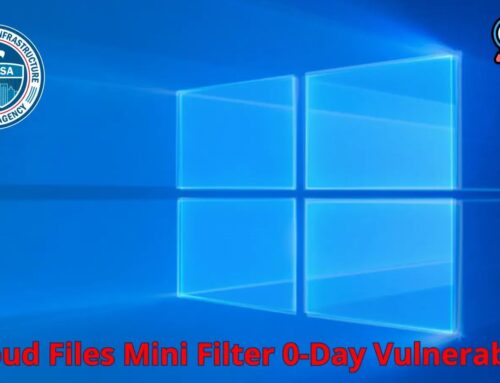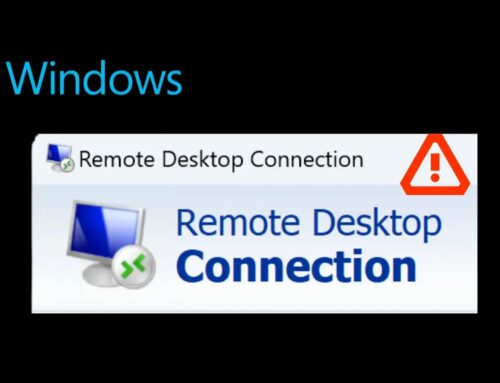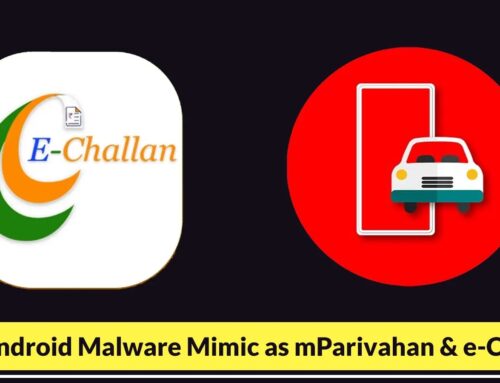
Threat Actors Breach High Value Targets like Google in Salesforce Attacks – What Organizations Need to Know
The New Frontier of Cyber Warfare: Salesforce Attacks on High-Value Targets
The digital perimeter of enterprise organizations is under constant siege, but a disconcerting new trend has emerged: sophisticated cyberattacks directly targeting Customer Relationship Management (CRM) platforms like Salesforce. As businesses increasingly entrust their most sensitive data—from proprietary customer information to critical business processes—to cloud-based CRM solutions, these platforms have become irresistible targets for threat actors. Recent intelligence, highlighted by reports of breaches affecting high-value targets such as Google, underscores the criticality of this evolving threat landscape. Organizations must understand the “what,” “how,” and “why” behind these sophisticated incursions to fortify their defenses effectively.
Understanding the Threat: Why Salesforce Environments are Prime Targets
Salesforce, as a leading CRM platform, centralizes immense quantities of valuable organizational data. This includes customer personally identifiable information (PII), financial records, sales strategies, and intellectual property. For threat actors, compromising a Salesforce environment offers a direct conduit to an organization’s most precious assets, facilitating a range of malicious activities:
- Data Exfiltration: Stealing sensitive customer data for resale on dark web markets, identity theft, or competitive espionage.
- Business Email Compromise (BEC) & Spear Phishing: Leveraging legitimate CRM access to launch highly convincing phishing campaigns against customers or employees.
- Ransomware Deployment: Disrupting business operations by encrypting critical data within or connected to the CRM.
- Supply Chain Attacks: Using compromised CRM credentials or access to pivot into interconnected systems of partners or clients.
- Intellectual Property Theft: Gaining access to confidential sales figures, product roadmaps, or strategic plans.
The perceived security of a robust cloud platform can sometimes lead to a false sense of security, overlooking misconfigurations or weak access controls that threat actors are eager to exploit.
Tactics, Techniques, and Procedures (TTPs) of Salesforce Attackers
Modern threat actors employ a multi-faceted approach to breach Salesforce environments. Their TTPs are often characterized by stealth, persistence, and a deep understanding of cloud platform intricacies:
- Phishing and Social Engineering: The most common initial vector. Attackers craft highly believable emails or messages designed to trick employees into revealing Salesforce credentials or installing malware that grants access.
- Credential Stuffing & Brute Force: Attempting to log in using stolen credentials from other breaches or systematically guessing passwords, often bypassing weaker authentication mechanisms.
- Exploiting Misconfigurations: Salesforce offers extensive customization and integration capabilities. However, incorrect security settings, overly permissive access controls, or publicly exposed APIs can create critical vulnerabilities.
- Third-Party Application Vulnerabilities: Salesforce’s AppExchange ecosystem allows for significant integration. A vulnerability in a connected third-party application can serve as a backdoor into the Salesforce environment. This can include flaws in OAuth integrations or overly broad permissions granted to external apps.
- API Exploitation: Abusing legitimate Salesforce APIs (e.g., SOAP API, REST API, Bulk API) to extract data or manipulate records through scripts or automated tools, often leveraging stolen or compromised API keys.
- Insider Threats: While less frequent, malicious insiders with legitimate access can exploit their privileges to exfiltrate data or disrupt operations.
Remediation Actions and Proactive Defenses
Organizations cannot afford to be complacent. A comprehensive security strategy for Salesforce environments demands a multi-layered approach that combines technical controls with robust security awareness. While no specific CVEs related to platform-wide Salesforce breaches were explicitly mentioned in the source, the emphasis is on exploiting configuration weaknesses and human factors. Therefore, remediation focuses heavily on hardening configurations and user practices:
- Implement Multi-Factor Authentication (MFA) Everywhere: Mandate MFA for all Salesforce users, especially those with administrative privileges. This significantly reduces the impact of compromised credentials.
- Regular Security Audits and Configuration Reviews: Periodically review Salesforce security settings, sharing rules, profiles, and permission sets to ensure adherence to the principle of least privilege. Check for publicly exposed APIs or unnecessary access.
- Strong Password Policies: Enforce complex, unique passwords and regularly reset them. Consider integrating with enterprise identity management solutions.
- User Training and Security Awareness: Educate employees about phishing, social engineering tactics, and the importance of reporting suspicious activity. Simulated phishing exercises can be highly effective.
- Monitor Login Activity and API Usage: Utilize Salesforce Shield’s Event Monitoring, Login Forensics, and Transaction Security features to detect unusual login patterns, large data exports, or suspicious API calls in real-time.
- Secure Third-Party Application Integrations: Carefully vet all AppExchange applications. Grant only the necessary permissions and regularly audit their access levels. Disconnect unused integrations.
- Data Encryption: Leverage Salesforce Platform Encryption for sensitive data at rest and in transit.
- Incident Response Plan: Develop and regularly test a specific incident response plan for Salesforce security incidents, including steps for data breach notification and remediation.
Tools for Salesforce Security Assessment and Monitoring
Leveraging specialized tools can significantly enhance an organization’s ability to defend its Salesforce environment.
| Tool Name | Purpose | Link |
|---|---|---|
| Salesforce Health Check | Built-in feature for assessing security configurations against Salesforce best practices. | Learn More |
| Salesforce Shield (Platform Encryption, Event Monitoring, Transaction Security) | Advanced real-time monitoring, data encryption, and policy-based transaction security. | Learn More |
| Cloud Access Security Brokers (CASBs) | Monitor and enforce security policies for cloud applications, including Salesforce. Examples include Netskope, Palo Alto Networks Prisma Cloud. | Netskope CASB |
| Identity and Access Management (IAM) Solutions | Centralized management of user identities, authentication, and authorization for Salesforce and other enterprise applications. | Okta Identity Cloud |
Conclusion: A Proactive Stance is Imperative
The attacks on high-value targets like Google, leveraging vulnerabilities in Salesforce environments, serve as a stark reminder of the evolving and increasingly sophisticated nature of cyber threats. Organizations can no longer assume that cloud providers bear sole responsibility for security. A shared responsibility model applies, placing significant onus on the customer to correctly configure, monitor, and manage their cloud environments and user access. By adopting a proactive security posture, implementing multi-layered defenses, and fostering a strong security culture, organizations can significantly mitigate the risk of becoming the next victim in this critical new frontier of cyber warfare.





